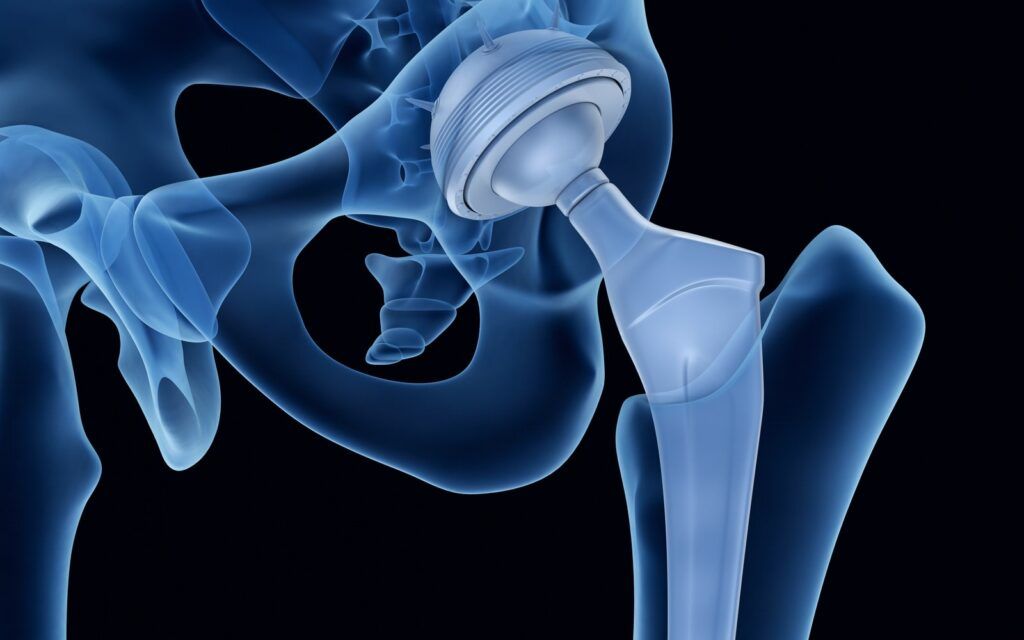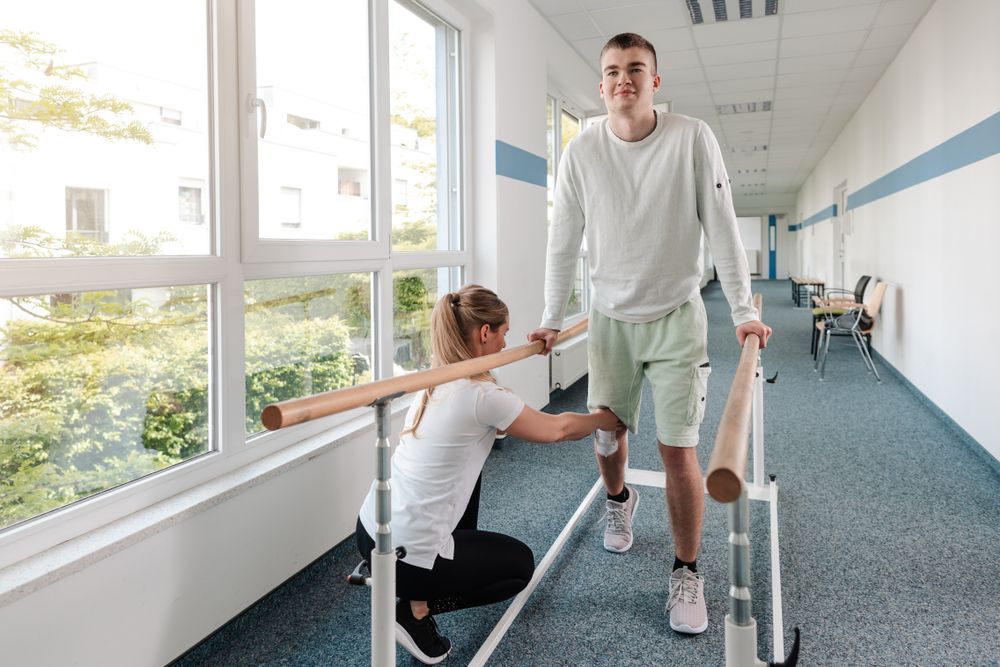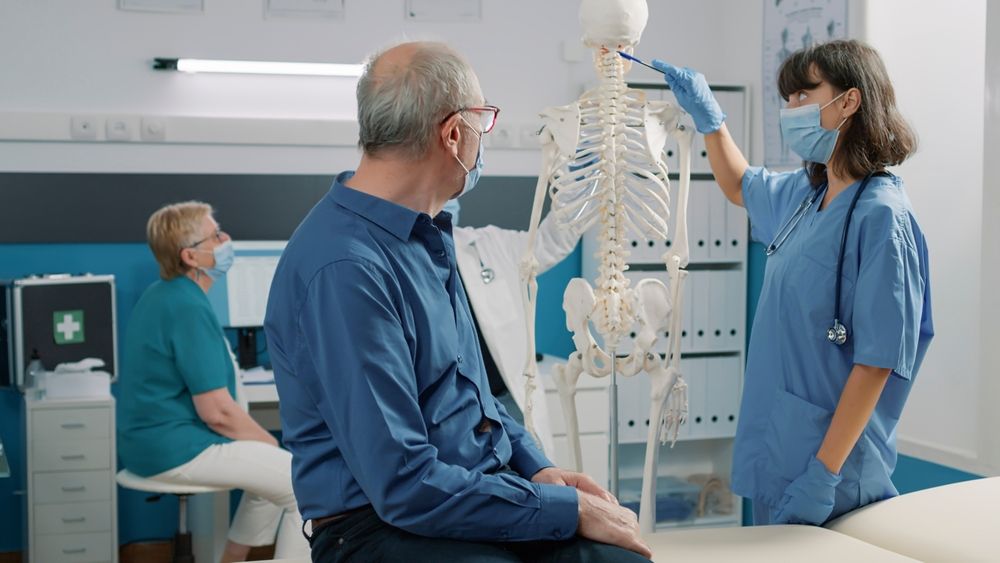Every area of medical care has been seeing a movement towards reducing hospital stay times. Total joint arthroplasty often involves long hospital stays to recover from, but this is a trend that’s been changing. Experts have made efforts in this field of medicine to begin helping patients transition home more quickly, with some being able to return home the same day. While this isn’t possible with all forms of total joint arthroplasty, it’s applicable to more forms each year.
Making Outpatient Total Joint Arthroplasty Possible
New innovations in health care have been shortening inpatient stays after arthroplasty. This has multiple positive benefits for both the medical industry and the patient alike. Reduced time in the hospital means reduced hospital bills for the patient and overhead costs for the hospital. So what’s been making it possible to reduce the amount of time the patient needs to stay after a procedure?
- Advances in perioperative care
- Innovative surgical techniques
- Identification of eligible procedures
- Improved understanding of patient health and recovery
Ongoing studies of outcomes from impatient and outpatient total hip replacements have revealed promising trends. Those who underwent outpatient THA (Total Hip Arthroplasty) have shown a tendency to reduce complication and readmission rates. These cases also showed trends towards reduced discomfort after the procedure and an improvement in their short-term physical function. Nearly all (96-97%) of all patients who underwent this procedure reported improved satisfaction with the results.
Not all patients who require total hip arthroplasty are eligible for outpatient treatment. Those who qualify are generally younger, with reduced risks for readmission and complication. These patients also tend to be in good overall health, with no additional comorbidities. For those who meet the criteria, THA provides care with a greater value per medical dollar spent.
Those who may be in need of a total hip replacement will present with arthritis that is moderate or severe. When arthritis is located in the hip and impacts daily activities, a total hip replacement may be called for. Some examples of daily activities that may be impacted include:
- Moderate to severe pain, even while resting.
- Pain that interferes with restful sleep.
- Degeneration of joints that impacts the range of motion.
- Limping or stiffness while walking.
- Difficulty going up or downstairs, walking, or getting into or out of chairs.
If you’re experiencing symptoms like these related to arthritis, reach out to your specialist today.
Speak to Your Joint Restoration Specialist To Learn More
Having a hip replacement performed can provide a meaningful improvement to your quality of life. Replacing a decayed or degraded hip means that you’ll be able to move more freely, engage with your family better, and do more of your favorite activities. If you want to learn more about hip replacements and whether outpatient total hip replacement is right for you, reach out to your specialist. They’ll provide you with a consultation that will address your overall health, the condition of the target hip and will work with you to establish an appropriate treatment plan.











